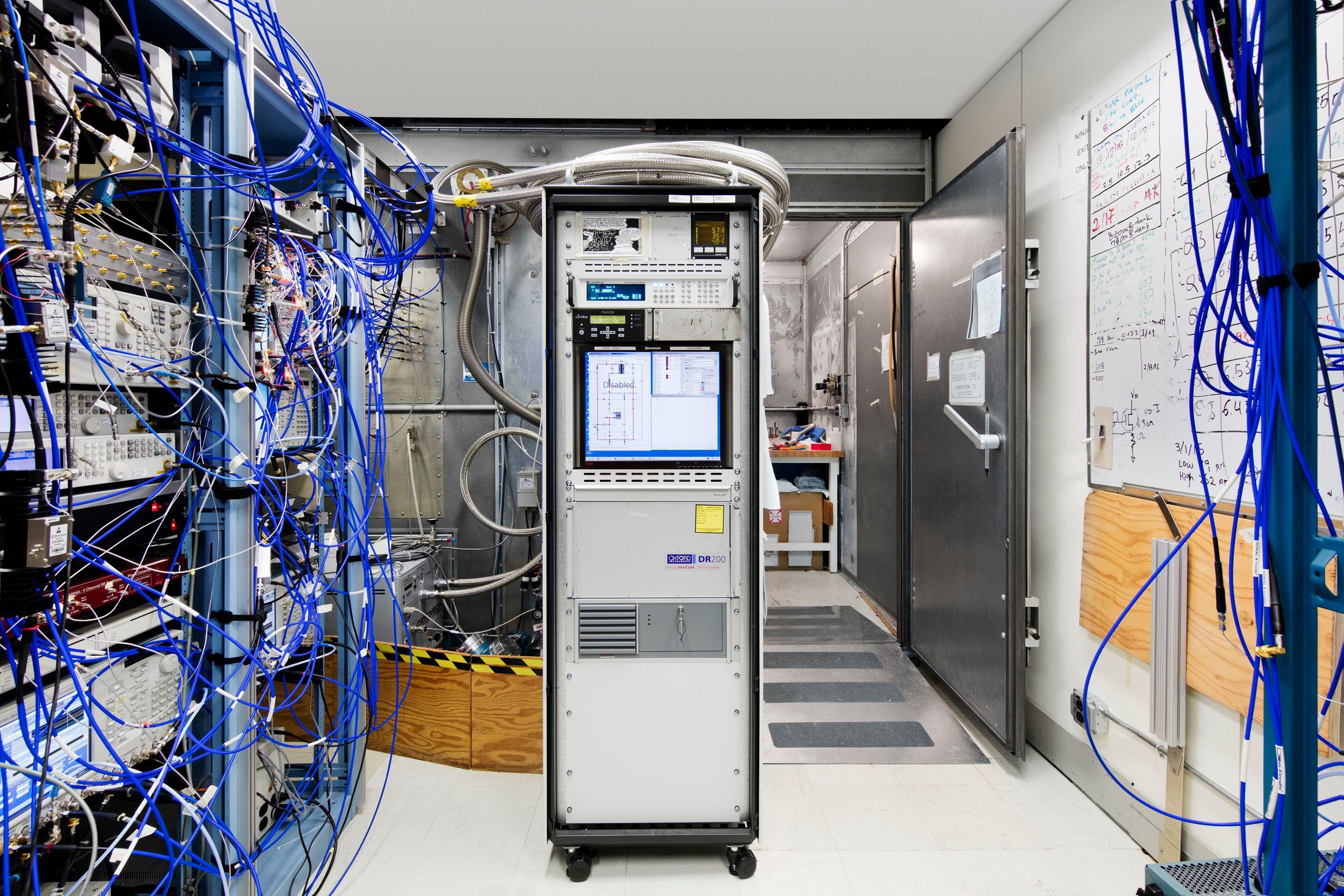IBM Research – India
Established in 1998, IBM Research – India is a hub for science and technology innovation. With locations in Gurgaon and Bengaluru, the lab is focused on a wide array of projects across hybrid cloud, AI, climate & sustainability and quantum computing applications.
Meet the team
Trustworthy AI
As enterprises aim to build better, smarter and automated ML models, teams must also consider ways to validate and manage data before building and deploying applications in the real world. Doing so ensures that the model is based on data that is trusted and built using principles that can be explained. At IBM Research – India, we are working to systematically understand the challenges enterprises face in data quality assessment to help build trust into the model before it is fed to a ML pipeline.
AI for Code
We’re building AI models, designing program analysis techniques, optimizing software engineering, and contributing to the field of AI for Code. We’re investigating fundamental tasks such as software understanding, source code modelling, multi-code view representation learning, as well as industrial use cases like application modernization, code translation, and question and answering.
Code Representation Learning
Conversational AI
We’re working on ways to model user intents using machine learning methods and rule-based dialog flow to enhance the field of conversational AI. We’re building on frameworks such as Watson Assistant, DialogFlow, and lex to help ensure deep learning models are applicable for use in enterprise settings. At IBM Research – India, we are working on various approaches that could help bring the deep learning based models closer to their use in enterprise settings.
PrimeQA
Foundation Models for Conversation
Security
We are witnessing the emergence of highly scaled decentralized applications, like central bank digital currencies (CBDC), decentralized finance (DeFi), and non-fungible tokens (NFT) that have stringent privacy requirements and require seamless interoperability across applications. We're working on building the next generation of tools that answer the needs of these applications with privacy-preserving and interoperable digital assets.
Hybrid Cloud
A hybrid cloud environment must be reliable for organizations to adopt it at scale for mission critical needs. Critical functions span across performance, security, compliance, cost of ownership, resilience and elasticity. As businesses become increasingly agile to meet dynamic consumer and market needs, these specifications are evolving at a rapid pace. The reliability of a hybrid cloud environment must support continuous and agile modernization at all levels of the IT stack.
Sustainable Computing
Climate and Sustainability
To respond to the global climate emergency, we're using AI and hybrid cloud to accelerate discovery of climate mitigation solutions. We're improving carbon emission performance through optimization and capture, and preparing enterprises for the impact of climate change. Enterprises are under significant pressure from investors, consumers, and policymakers to act on climate change mitigation by disclosing their GHG emissions and committing to the reduction of emissions from their industrial activities including operations, manufacturing, logistics, and supply chains.
Carbon Performance Engine
AI for Business Automation
At IBM Research – India, we are developing new AI powered solutions for resource planning and decision optimization in the context of manufacturing and supply chain with the goal of improving process efficiencies and reducing cost. We are developing advanced analytics solutions that can prescribe set points to control operations of various assets using real-time machine data. By analyzing the business and IT operations data, process executions can be optimized by identifying automation opportunities and exploring different automation strategies that include Robotic Process Automation, and intelligent agents for automation.
Join our team
We’re always looking for people excited to make a difference. See our open positions and help us invent what’s next.

